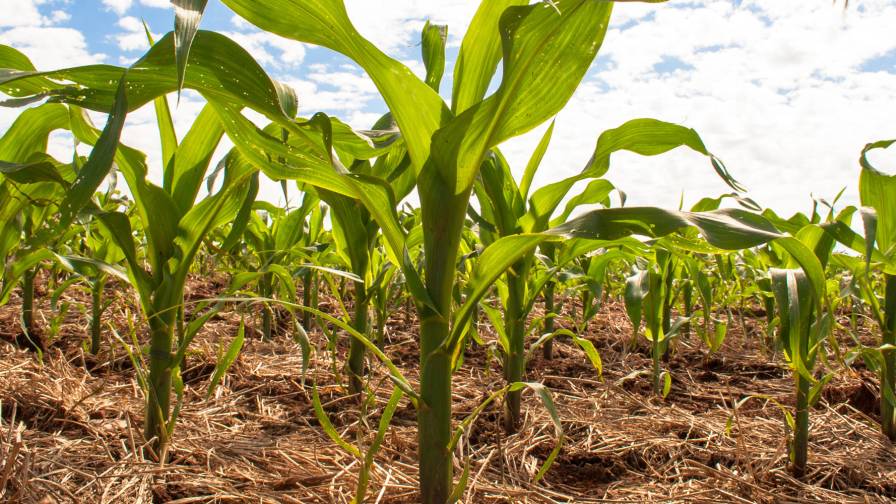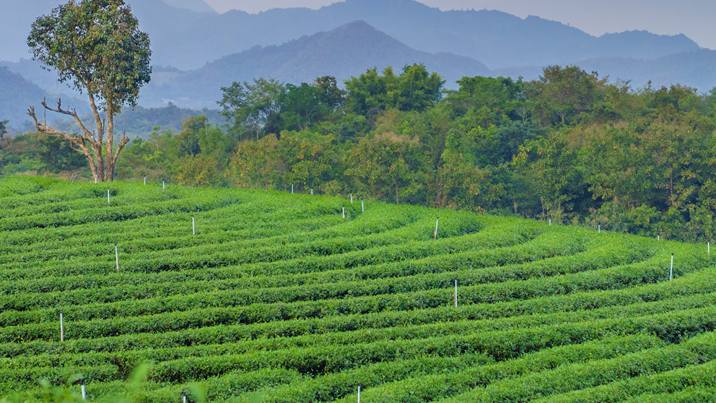Argentina Crop Production to Rise 50%
During 2010-2011, the total volume of agricultural production (comprising wheat, corn, and soybean) is expected to be more than 90 million tons – a 50 percent hike in volume over 2008-2009. The larger production volumes imply a greater use of crop protection chemicals, especially fungicides.
Apart from the enhanced demand, product manufacturers will also benefit from Argentinean agricultural producers’ tendency to adopt the latest products and top-of-the-line technologies.
“Agriculturalists are always willing to use new technologies that might increase the yields of their crops, or protect them from different plagues,” says Frost & Sullivan Chemicals, Materials & Food Leader Alessandra Lancellotti.
In 2010, stakeholders in the agricultural sector enjoyed wider profit margins with the rise in international grain prices, especially due to the local exchange rate. This helpful environment gave agricultural producers an incentive to augment production and thereby, up their utilization of crop protection products.
On the flip side of global trade, the market is vulnerable to changes in the prices of Chinese products, as China is one of the main manufacturers of the raw materials used in the production of glyphosate and other more specific crop protection chemicals.
In 2009, the international prices for the main products in the market, especially glyphosate, began to fall. Therefore, the total revenues dipped in spite of the increase in volumes sold.
Even though there was a revival of demand and revenues throughout 2010, the market was still not able to replicate the highs of 2008. These challenges intensified the competition in the crop protection chemicals market.
Currently, very few companies are owned or controlled by Argentinean capitals and this trend is expected to continue in the future as the global market becomes more competitive and consolidated.
“Argentina currently represents a small part of the global crop protection chemicals consumption, but has potential to grow,” notes Lancellotti. “Annually, there is a global increase of 75 million food consumers, and Argentina has geographic capabilities to supply the food demand through better productivity and expansion to unused lands.”





